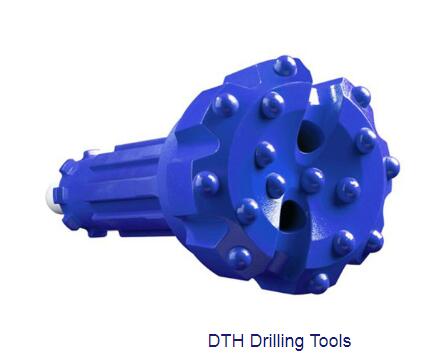1. Reaming drill. Reaming drills have 3 to 4 teeth and are more rigid than twist drills to expand existing holes and improve dth drilling tools accuracy and finish.
2. Drilling. The boring drill has a large number of teeth, and the hole end is processed into a desired shape by a forming method for processing of dth drilling tools factory the countersunk holes of various countersunk screws or flattening the outer end faces of the holes.
3. Center drill. The center drill is used for drilling the center hole of the shaft type workpiece. It is essentially a composite of twist drill and boring drill with a small helix angle, so it is also called a composite center drill.
4. Twist drill. It consists mainly of the working part and the handle. The working part has two spiral grooves that are shaped like twists. In order to reduce the friction between the guiding portion and the wall of the hole during drilling, the twist drill is gradually reduced in diameter toward the shank and has an inverted cone shape.
5. Flat drill. The cutting part has a spade shape, a simple structure, a low manufacturing cost, and the cutting fluid is easily introduced into the hole, but the cutting and chip discharging performance is poor. The structure of the flat drill is both integral and assembled. The monolith is mainly used for drilling micropores with a diameter of 0.03 to 0.5 mm. The assembled flat drill blade is replaceable and can be internally cooled. It is mainly used for drilling large holes with a diameter of 25 to 500 mm.
6. Deep hole drilling. It usually refers to a tool that machines a hole with a hole depth to hole ratio greater than 6. Commonly used are gun drills, BTA deep hole drills, jet drills, DF deep hole drills, etc. Nesting drills are also commonly used for deep hole machining in dth drilling tools manufacturer.

Copyright © Guiyang Top Equipment All Rights Reserved
Sitemap | Powered by 